Reportar esta entrada
Más sobre la misma comunidad-colección
Entrada de la Torre O. T. Bassett
The photograph shows the entrance of this architectural jewel of ...
"Seasons of the Sun" - El Paso, Tejas
This sculpture is made by the El Pasoan muralist Carlos Callejo ...
Mural "Nuestra Historia" en County Courthouse
The image shows part of the mural in the atrium of the County ...
Tráfico en el International Bridge
The picture captures the daily traffic jam on the International ...
"Shining Desert Suns: Dador y Tomador de Vida" - El Paso, Texas
The ball by Susan Klahr is titled "Shining Desert Suns: Giver ...
Zona de recreo en la parte delantera de Biblioteca Principal
The picture shows the recreation area in front of the Public ...
The Bert Williams Downtown Santa Fe Transfer Center
This new bus terminal is called The Bert Williams Downtown Santa ...
Border Juventud autobús por Grave Herrera, Jeri Navarro y Dekan Ortega
This bus was decorated for the Chalk the Block festival in 2011. ...
Usuarios de autobuses en San Jacinto Plaza
The image depicts bus riders at San Jacinto Plaza waiting for ...







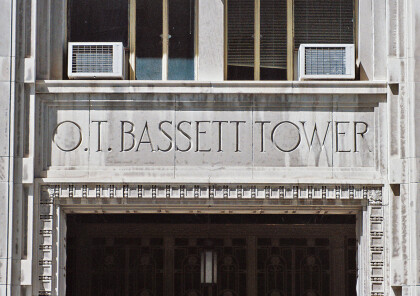
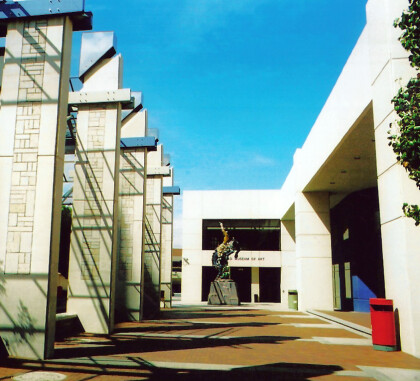
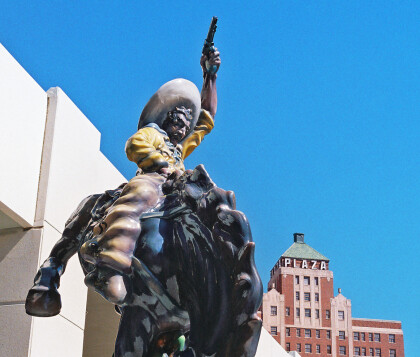
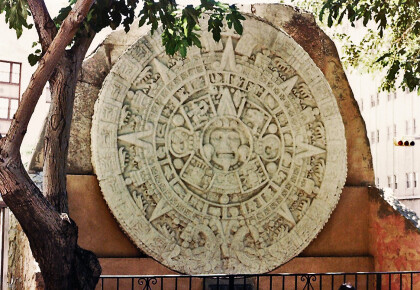
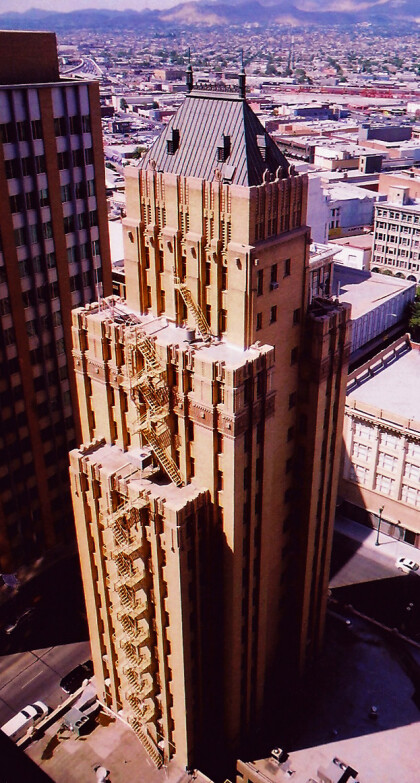
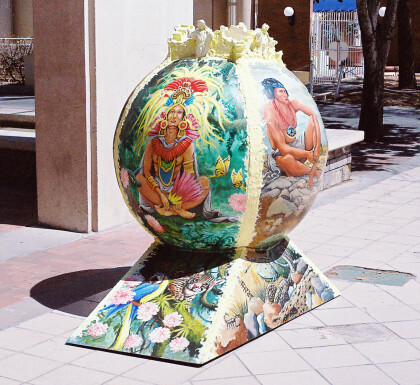
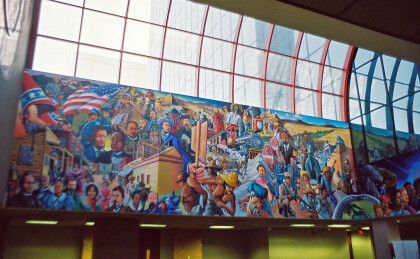
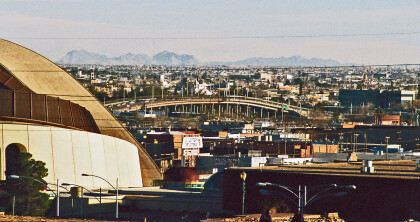
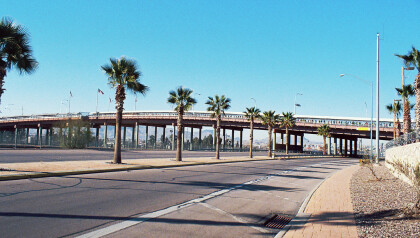
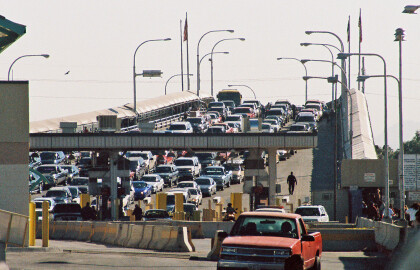
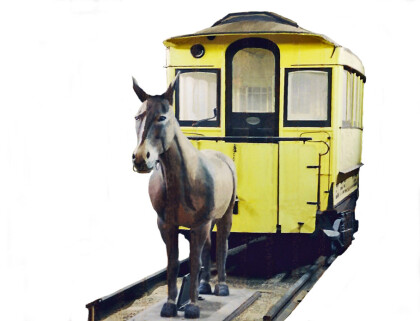
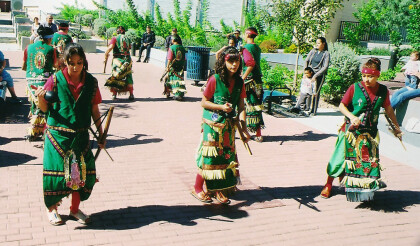

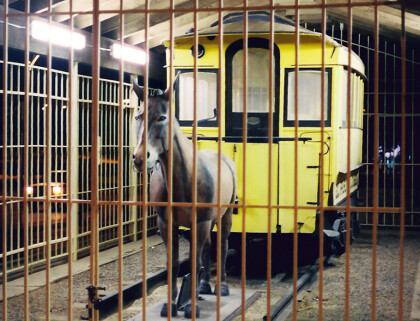
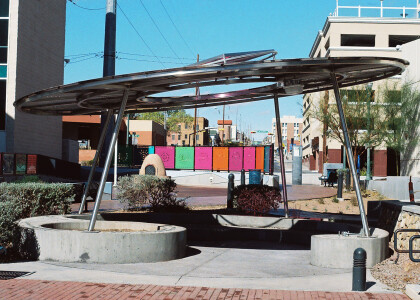
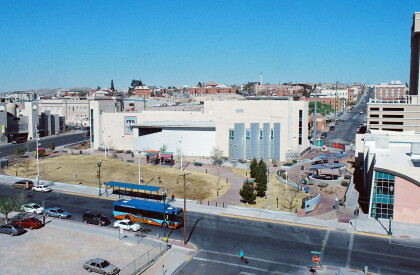
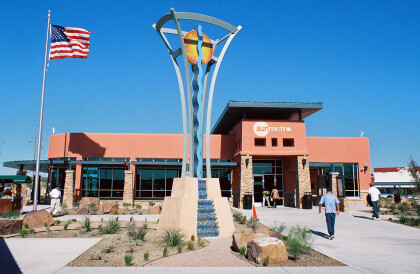
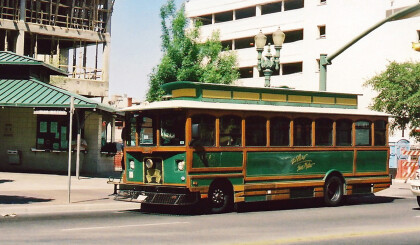
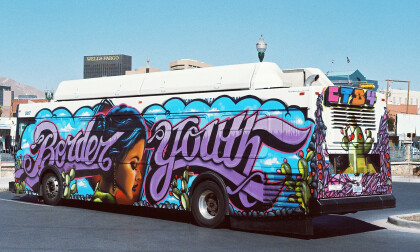
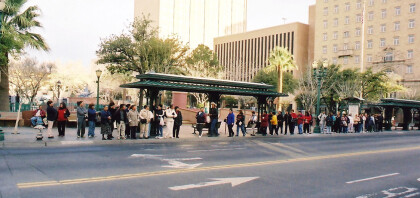
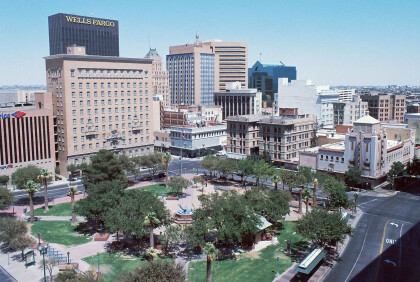
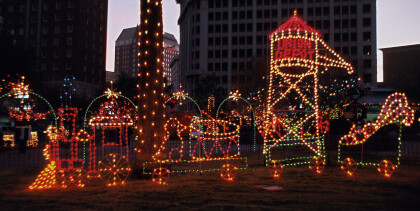

Comentarios
Hacer un comentario